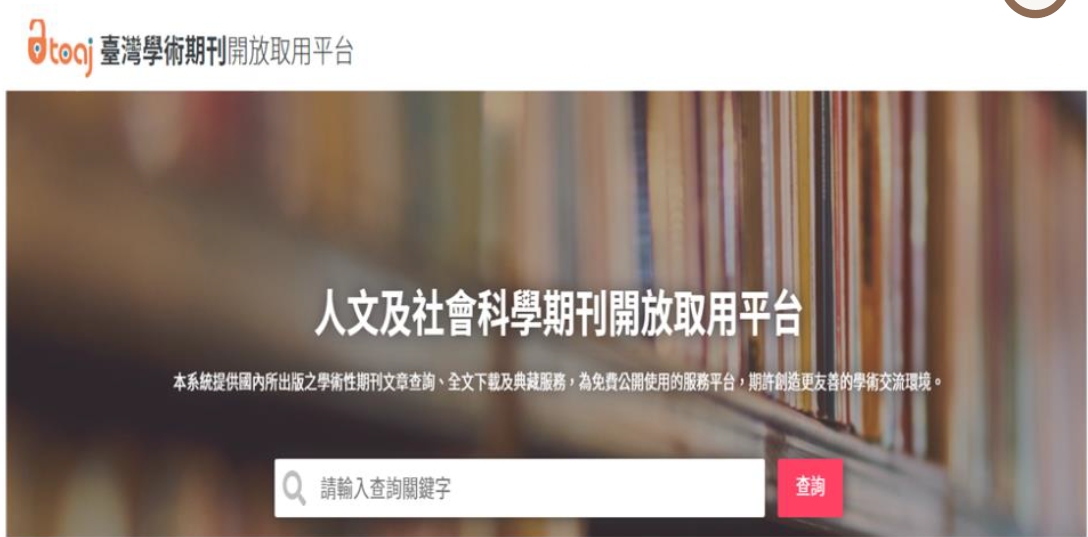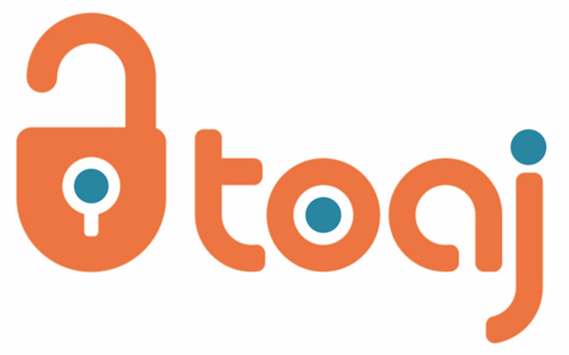教育 4.0、問題導向學習與大數據分析工具 融入客戶開發管理課程之教學實踐
Integrate Education 4.0、Problem-Based Learning and Big-Data Analysis Tools into Curriculum Design and Practice of Customer Relationship Management
蘇啟鴻
Chi-Hung Su
Doi:10.6925/SCJ.202412_20(4).0002
Chi-Hung Su
Doi:10.6925/SCJ.202412_20(4).0002
| 所屬期刊: |
第20卷第4期 主編:國立彰化師範大學教育研究所教授 龔心怡 |
|---|---|
| 系統編號: | vol079_02 |
| 主題: | 課程與教學 |
| 出版年份: | 2024 |
| 作者: | 蘇啟鴻 |
| 作者(英文): | Chi-Hung Su |
| 論文名稱: | 教育 4.0、問題導向學習與大數據分析工具 融入客戶開發管理課程之教學實踐 |
| 論文名稱(英文): | Integrate Education 4.0、Problem-Based Learning and Big-Data Analysis Tools into Curriculum Design and Practice of Customer Relationship Management |
| 共同作者: | |
| 最高學歷: | |
| 校院名稱: | |
| 系所名稱: | |
| 語文別: | 中文 |
| 論文頁數: | 50 |
| 中文關鍵字: | 教育 4.0;問題導向學習;自主學習;客戶開發與管理;課程設計 |
| 英文關鍵字: | education 4.0;problem-based learning;self-directed learning;customer development and management;curriculum design |
| 服務單位: | 致理科技大學資訊管理系助理教授 |
| 稿件字數: | 28292 |
| 作者專長: | |
| 投稿日期: | 2023/12/27 |
| 論文下載: | |
| 摘要(中文): | 當 21 世紀大學生所應具備的能力,從傳統的專業學科領域知識轉變成具備問 題解決、自主學習、資訊科技應用等關鍵能力時,如何翻轉傳統講授方式,進行教 學創新,已成為大學教學現場重要的課題。本研究提出結合「教育 4.0、PBL 問題 導向學習與大數據分析工具」的教學策略,以教育 4.0 思維考量能力培養、學習方 法、資通訊技術、基礎設施等層面進行教學規劃,採用強調做中學的 PBL,並運 用 Qlik Sense 視覺化軟體、Google Analytics、撰寫 Python 程式爬取部落格評論等 工具,引導學生進行問題的探究、提出解決問題的假設、如何應用工具收集及分析 顧客資料,期望藉以提升學生學習興趣與解決問題能力。針對某科技大學選修客戶 開發與管理課程的兩班學生,採準實驗研究,實驗組(N=46)採上述教學設計, 對照組(N=56)則將上述教學設計中的 PBL 以講述法及實際操作取代,其他皆相 同進行教學。研究結果顯示,實驗組學生覺得可激發其學習興趣,融入 PBL 的課 程設計可引導其探究問題、思考提出解決問題的可能性、嘗試用不同的方法解決問 題、學習解決問題的方法與流程,有助於提升其問題解決能力與自主學習。此外, 亦能提升實驗組學生其任務作業與期末報告的學習表現與平時參與度。此課程教學 設計可供後續相關課程教學實踐之參考。 |
| 摘要(英文): | The development of problem-solving, self-directed learning, cross-disciplinary integration, and IT application skills is crucial for university students. The traditional mode of teaching and learning is no longer sufficient to cultivate these critical competencies. Therefore, teaching innovation has become an urgent issue. Additionally, enhancing students interest in learning and improving learning effectiveness are also important considerations. This research applies an integrated teaching strategy of Education 4.0, problem-based learning (PBL), and big-data analysis tools for curriculum design and teaching practice. Students are guided on how to use suitable tools, such as Qlik Sense visualization software, Google Analytics, and Python programs for web crawling, to collect and analyze data and solve problems. The study uses a quasi-experimental design for the two classes. The experimental group (N=46) adopted the integrated teaching strategy of “Education 4.0, PBL, and big-data analysis tools”, while the control group (N=56) adopted the integrated teaching strategy of “Education 4.0, lecturing and hands-on, and big-data analysis tools”. The research findings are presented below: (1) The students in the experimental group believe that the PBL integrated curriculum design can assist them in exploring case problems, considering problem-solving possibilities, attempting various approaches to solve problems, and acquiring problem-solving methods and processes. It can also improve their problem-solving skills and self-directed learning. (2) The experimental group demonstrated significantly better learning performance than the control group on the homework assignments and final report. The developed teaching strategy has the potential to increase student participation in the experimental group. The developed teaching strategy can be used as a reference for the curriculum design and teaching practices. |
| 參考文獻: |













熱門期刊下載排行